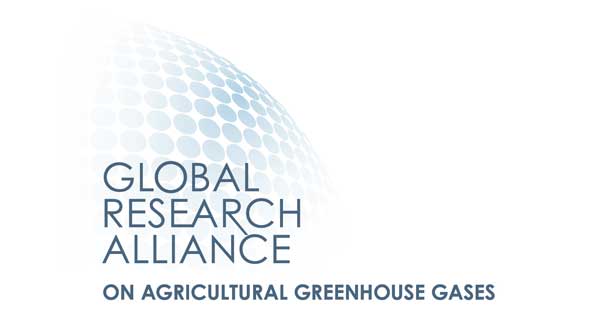Carbon sequestration opportunities in Latin American and Caribbean soils
 Uruguay
Uruguay
 Argentina
Argentina
 Chile
Chile
 Costa Rica
Costa Rica
Executive Summary
Several global initiatives indicate that carbon sequestration (C) in soil organic matter dedicated to agriculture is a viable option for mitigating greenhouse gas (GHG) emissions and increasing climate change resilience. The '4 per mille Soils for Food Security and Climate' initiative launched at COP21 is aimed at increasing the global stock of C in the the top 40 cm of soils at a rate of 4 per 1000 (0.4%) per year. The potential for carbon sequestration in agro-ecosystems of Latin America and the Caribbean (LAC) could represent an enormous contribution to this global effort. However, such potential and the real possibilities of achieving it have not been quantified.
The objective of this seed fund was to create a platform for the intensification of agricultural production systems based on innovative carbon sequestration strategies.
The Government of New Zealand, as part of its contribution to the Global Research Alliance on Agricultural Greenhouse Gases (GRA), committed to providing funding for this seed fund.
The technological solution
Determine:
(a) The potential level of organic C achievable by the different soils and climates of the region,
(b) Estimate how far current production systems are from that potential,
(c) Establish management and land use strategies that allow us to approach potential levels at rates compatible with the '4 per mille' objective, and
(d) Corroborate that such options imply greater economic benefits in the short and medium term for producers.
Results
- Compilation of the status of carbon sequestration strategies in agricultural intensification systems at international, regional and national levels.
- Report of the regional workshop
Beneficiaries
Scientists of the participating countries.
Sustainable Development Goals


Participating Organizations
Executor
- Instituto Nacional de Investigación Agropecuaria (INIA) - Uruguay
Co-executor
- Instituto de Investigaciones Agropecuarias (INIA) - Chile
- Instituto Nacional de Tecnología Agropecuaria (INTA) - Argentina
- Centro Agronómico Tropical de Investigación y Enseñanza (CATIE) - Costa Rica






